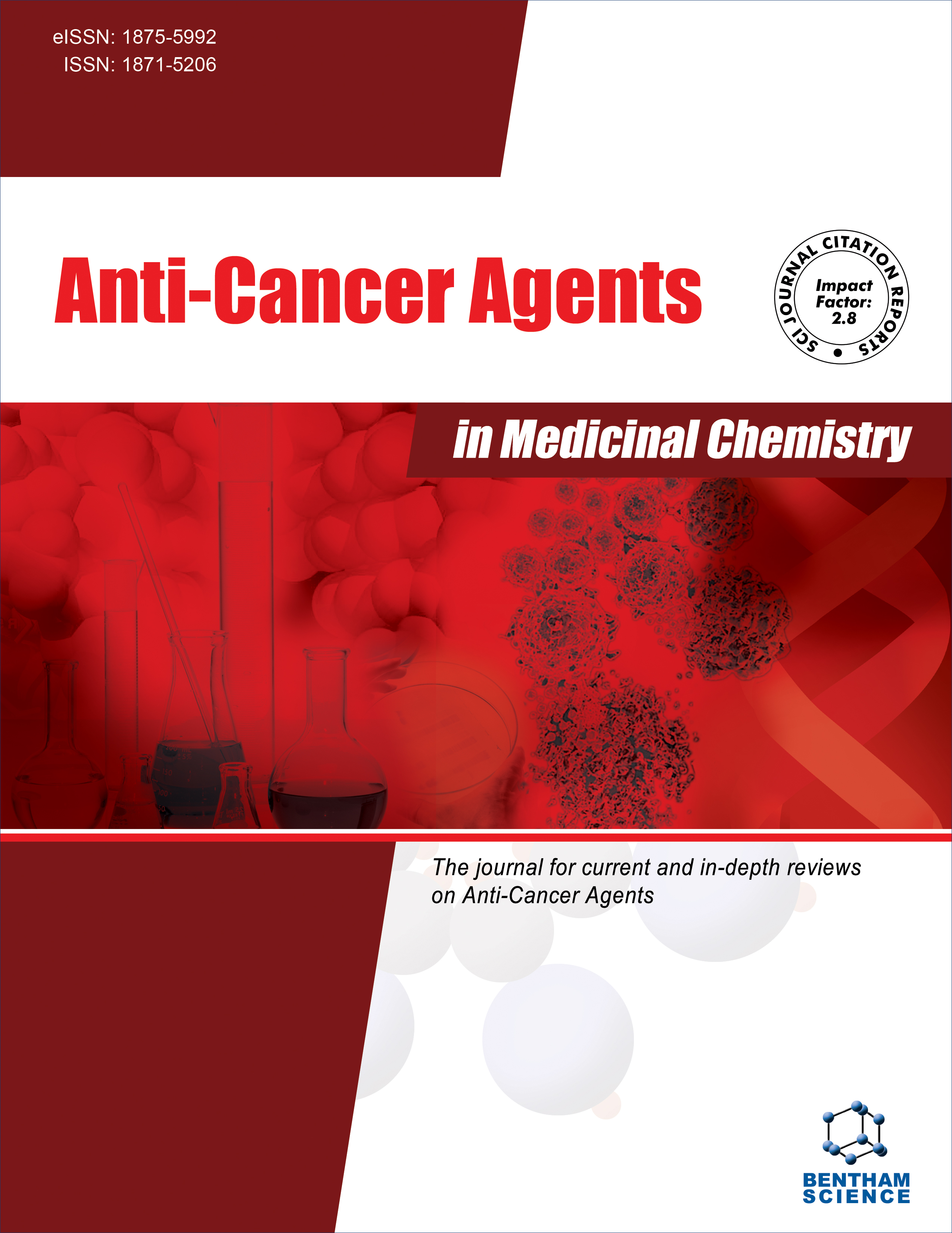
Full text loading...
Tyrosine kinases have emerged as key stimulatory drivers in several cancer-related pathways. This is particularly evident in non-small cell lung cancer with regulating cell growth and apoptosis and so on. Tyrosine kinase inhibitors (TKI) are one breakthrough option that could improve the life quality of cancer patients.
This study aims to find more effective tyrosine kinase inhibitors.
In this study, natural products from TargetMol that may be the potential TKI for lung cancer were screened through structure-based virtual screening and experimental validation. Moreover, the binding between the hit compounds and tyrosine kinase was explored.
From the study findings, Gramicidin and Tannic acid have strong interactions with the four tyrosine kinases (ALK, TRK, MET, and ABL), and this could significantly inhibit the viability of A549 cells in a concentration-dependent manner.
These findings indicated that Gramicidin and Tannic acid might be potential multiple TKI and are promising anticancer agents that call for further study.

Article metrics loading...

Full text loading...
References


Data & Media loading...
Supplements

